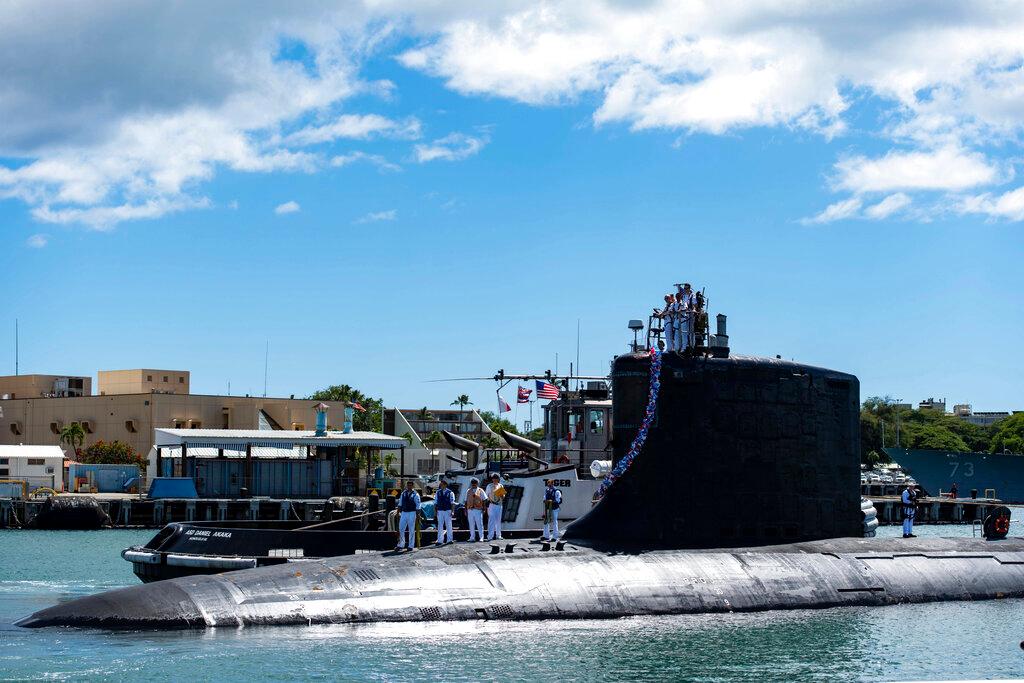Commentary
Negotiated in secret and sprung on the world last week, Australia, the United Kingdom, and the United States have created a new defense pact that is a direct if unspoken challenge to the growing Chinese military threat in Asia.

Negotiated in secret and sprung on the world last week, Australia, the United Kingdom, and the United States have created a new defense pact that is a direct if unspoken challenge to the growing Chinese military threat in Asia.